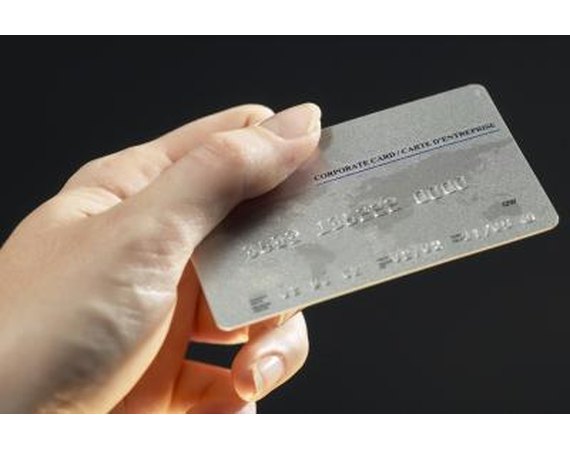
If you're feeling overwhelmed by your monthly debt payments or you feel as if your debt reduction efforts are going nowhere, debt settlement may be an appropriate alternative. While you can choose to hire a debt settlement company, you can also settle debts on your own if you understand the process and the consequences of default.
Instructions
- 1
Make a list of all your creditors, including the account numbers, the outstanding balances, the monthly minimum payments, and what you're actually paying. Decide which debts on the list you want to try to settle. You may choose to only settle the highest balance or debts with the highest interest rates, or you may want to settle all of your accounts. Choose which one you will attempt to settle first.
2Stop making your monthly payments to that account. If your account is current, then your creditors will not consider a settlement. Your account must be delinquent before you can make an offer, and the longer it is delinquent, the more likely you are to have an offer accepted. Be aware of when a creditor will charge off a debt as this may vary. Once a debt is charged-off, it may be assigned or sold to a debt collector.
3Funnel all of the money you would have been paying to your debts into a money market or high-interest savings account. Debt settlement requires that you have cash on hand to pay your debts when you make an offer. How long it takes you to save the money depends on your particular financial situation, and you will be subject to collection efforts during this time. You may consider selling personal property or other assets to generate funds more quickly.
4Draft a debt settlement proposal letter. The letter should include your account number, the outstanding balance and the terms of your settlement offer. You should clearly outline how much you are offering, what method you will be using to pay and how you want the account reported to the credit bureaus. You must also make a case to convince the creditor that the settlement is in its best interest, but do not threaten to claim bankruptcy or offer false information.
5Verify the owner of the debt, i.e., the original creditor or collection agency. Send the proposal letter via certified mail to the creditor, requesting that it responds to your offer in writing. The creditor will either agree to your terms, make a counteroffer of its own, or reject the idea completely. If your offer is rejected and no counteroffer is proposed, simply move on to the next creditor on your list. When more time has passed, approach the initial creditor again with another offer.
6Come to an agreement with your creditor regarding the repayment terms. Most creditors require that you make a lump-sum payment, however, some will allow you to make a series of payments if the amount is large. Before making your first payment, request that your creditor send you a copy of the payment schedule, including the date and the amount due, as well as its acceptable payment methods. Many creditors will tell you they will only do an automatic draft from your bank account, but under no circumstances should you give this information out. Offer a money order, cashier's check, or wire payment instead, as these protect your account information and provide documentation of your payment.
7Make your payment, and keep copies of any receipts or other information related to the payment. File this with all other correspondence you have regarding the account. Request that the creditor send you a statement saying that the debt has been settled to its satisfaction and that you are no longer under any obligation. The creditor may also send you a 1099 for the remainder of the debt, as any amount of forgiven debt of more than $599 is subject to federal income tax.






0 comments:
Post a Comment